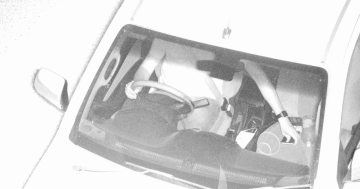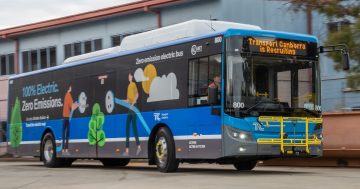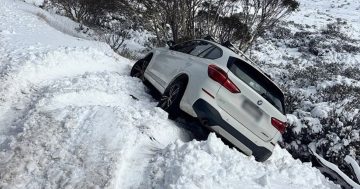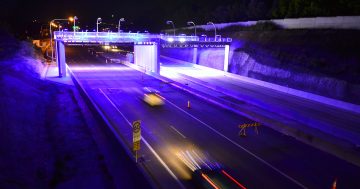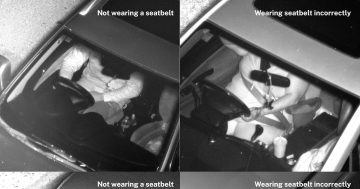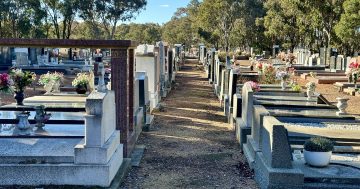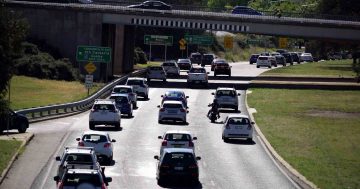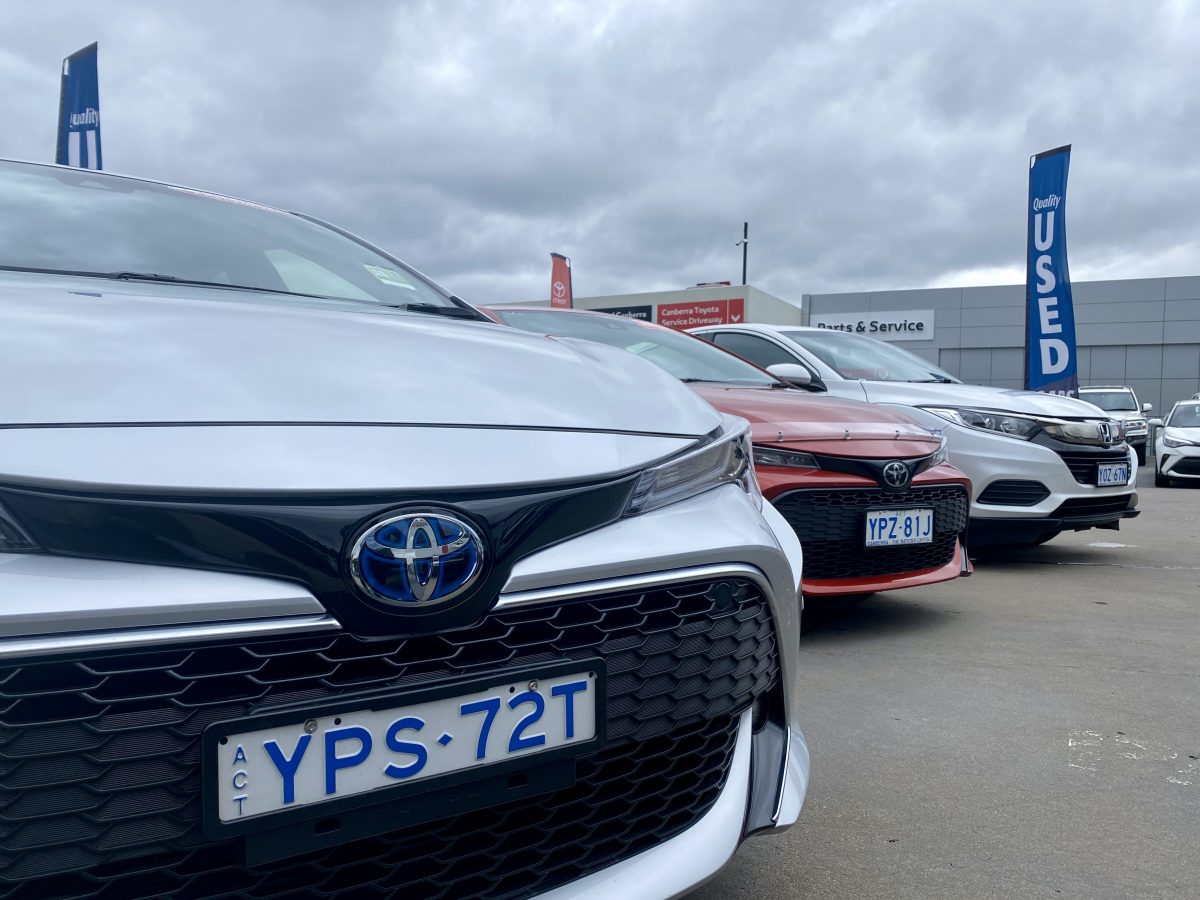
The NSW Government attributes some of the confusion to the ACT’s introduction of slimline plates. Photo: James Coleman.
Sydney’s biggest toll operator has confirmed the cause of the mix-up that’s resulting in hundreds of Canberra motorists receiving bills for travelling roads in and around Sydney when they haven’t even left Canberra – it’s the rising number of NSW vehicles with Y number plates.
Transurban, which is contracted by the NSW Government to manage 11 of Sydney’s major roads, maintains cases are “rare” but the fact there are now identical alphanumerical combinations on both sides of the border is tripping up the tollway’s AI-driven system.
“The issue has arisen due to the increased prevalence of NSW specialty license plates beginning with the letter Y,” a spokesperson for NSW Motorways and Transurban said in a statement.
“This overlap has led in some instances to misidentifications in tolling systems where a vehicle with a duplicate plate travels on a NSW toll road.”
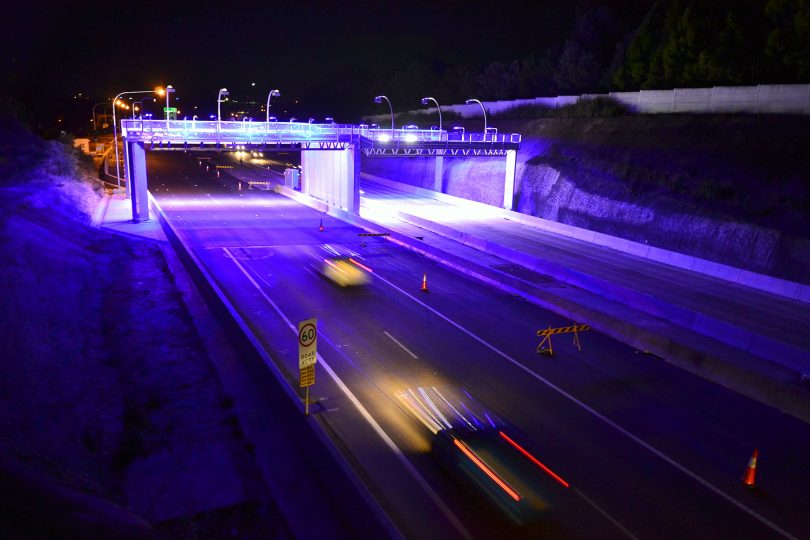
Transurban operates 11 toll roads in and around Sydney. Photo: Sardaka.
Back in 1948, the now-defunct Australian Transport Advisory Council (ATAC) suggested plates starting with letters between XAA and ZZZ be reserved for the Federal Government and the two territories (rumour suggests it also followed from Canberra’s General Growth Strategy, also known as the ‘Y Plan’).
The first Y plate was issued 20 years later in the ACT, in 1968.
But according to the NSW Government, there are now 358,000 vehicles on the road with NSW-issued Y plates – and just over 15,000 “remain to be issued”.
However, when NSW issued its first Y plate in 2012, there was a condition.
“NSW ‘Dealer Slimline’ Y-plates were introduced by Roads and Maritime Services in 2012 as an exclusive feature for motor dealers, who can issue these number plates with their logos on them as a way of advertising their business,” a Transport for NSW spokesperson told Region.
In other words, the Y plates could only be issued by the state’s car dealers and had to include their branding along the bottom edge.
NSW also places some of the blame on the ACT at this point, as the ACT has since followed NSW’s lead by offering number plates of a similar size and shape.
“NSW was the first region in Australia to introduce slimline plates and number plates with this syntax,” the spokesperson added.
“The ACT did not have slimline plates or YAA.00A syntax in 2012.”
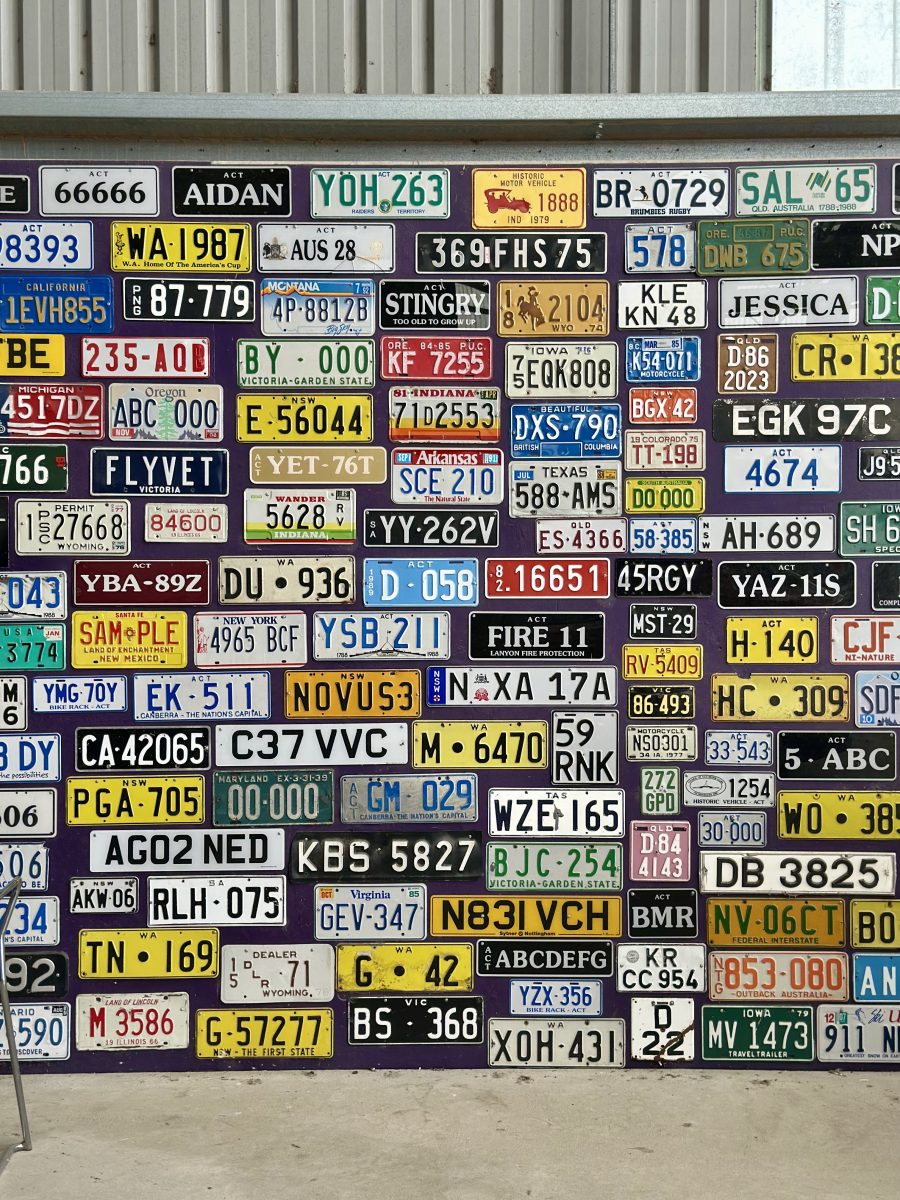
Number plates on display at the Hume Motor Vehicle Inspection Station. Photo: James Coleman.
Given 369,095 new vehicles were sold in NSW in 2024 alone, it shouldn’t take long for the remaining 15,000 Y combinations to go – at which point the Dealer Slimline plates will move to X.
“Dealer Slimline products are designated to become X-plates when the Y-plate allocation is exhausted,” the spokesperson said.
The NSW Government directly looks after two of the toll roads in Sydney – the Harbour Bridge and the Harbour Tunnel – and says a mistake on these is a “very rare occurrence in a system that processes millions of journeys every month”.
Transurban is contracted to operate the majority of the other toll roads in Sydney – 11 in total.
For now, the mix-up seems limited to tolls, rather than infringement notices or speeding fines.
In previous comments to Region, the NSW Government explained that before an infringement notice can be issued to a motorist, a human must verify the photo to ensure the cars match.
“Transport for NSW is not aware of NSW number plate holders being mistakenly issued penalty notices due to the actions of drivers of vehicles of ACT-registered vehicles with the same alphanumeric combination number plates, or vice versa,” a Transport for NSW spokesperson said in November 2024.
“Revenue NSW carries out a review when a penalty is incurred but the vehicle doesn’t match with the number plate in the Transport for NSW system.
“This process will confirm whether or not a vehicle is displaying a NSW number plate and any fine is reprocessed if required.”
Likewise, the ACT Government told Region, “all road safety camera and parking fines issued in the ACT are reviewed, adjudicated and issued by an authorised officer within Access Canberra”.
“Authorised officers cross-reference the number plate and vehicle details against the vehicle appearing in the evidentiary image prior to an infringement being issued,” the spokesperson said.
Even in the case of the ACT’s mobile phone detection cameras, the AI software sends off an “evidence package” of three images for humans to confirm it warrants an offence.
Does this mean it never happens? Not quite.
“If a fine was incorrectly issued to a vehicle with non-standard plates, the matter would be resolved through the infringement review process,” the ACT Government said.
For now, Transurban has promised full refunds to any Canberrans wrongly charged, and will work with ACT authorities to add duplicate plates to a manual watch list.
“We sincerely apologise to anyone who has been incorrectly charged.”













